
Yukon Solar Panels: the 1.9-Megawatt Beaver Creek Project
August 14, 2025
How the Canadian Government Invests In Solar Power
August 18, 2025Today, I want to get straight to a major problem I see every day: Canada’s solar industry is ready for explosive growth, but it’s hitting a wall. We have the technology and the demand, but not enough people to do the work. This isn’t a future issue; it’s a critical shortage that’s happening right now.
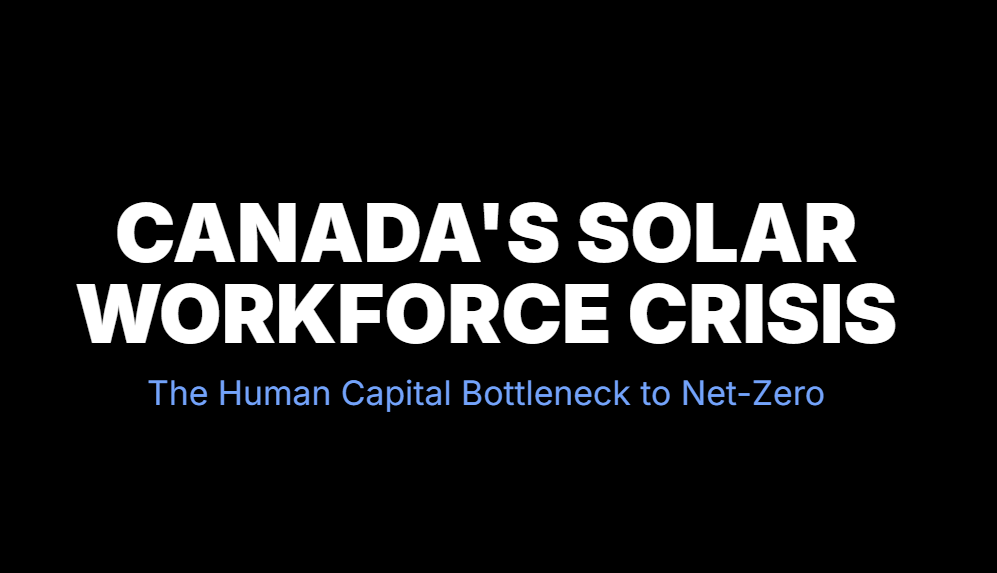
The Numbers Don’t Lie: A Surge in Solar Jobs
Let’s get right to it. The demand for solar energy in Canada is exploding. In 2023 alone, the wind and solar sectors grew by 11.2%, creating thousands of new jobs. That’s not just a number; it’s a clear signal of where things are headed. To hit our country’s 2050 net-zero targets, the Canadian Renewable Energy Association (CanREA) says we need a nearly ten-fold expansion of our wind and solar capacity. Think about the sheer number of people required to make that happen.
We’re not just talking about one type of job, either. The demand is across the board:
- Solar Installers: The folks on the front lines, putting panels on roofs. This is one of the fastest-growing careers in the country.
- Electricians: Specialized professionals who safely connect these systems to the grid.
- Sales Representatives: People who help homeowners and businesses understand their options and the real-world savings.
- Project Managers: The organizers who keep installations on schedule and on budget.
- Engineers and Designers: The minds behind the plans, ensuring every system is optimized for performance.
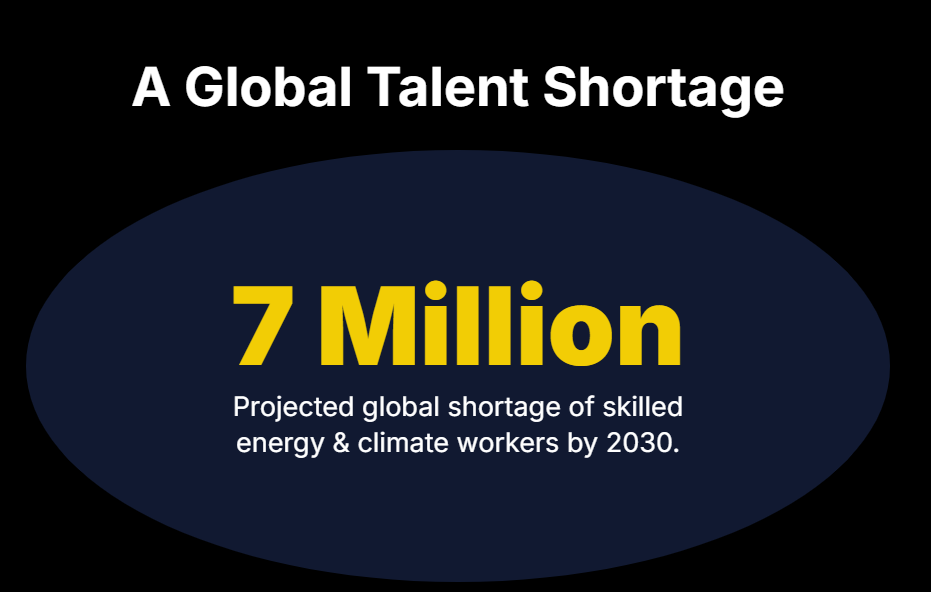
The industry is growing, and the pay is competitive. An entry-level installer might start around $35,000, but with experience, that can quickly climb past $65,000 a year—a solid income in the skilled trades. For specialized roles like solar engineers, salaries often start near the six-figure mark. These aren’t just jobs; they are stable, long-term careers in an industry that is fundamental to our future.
So, What’s the Problem? The Great Solar Talent Squeeze
If the opportunity is so big, where are all the workers? That’s the core of the issue. We have a serious talent gap. A recent report from Electricity Human Resources Canada (EHRC) highlighted a job vacancy rate of 13.1% in the renewable energy sector, which is worlds away from the 2.1% rate in the broader trades sector. There are simply more open positions than there are qualified people to fill them.
Why is this happening? A few key reasons:
- Lack of Awareness: Many young people and those looking for a career change simply don’t know about the opportunities in solar. The career paths aren’t as well-defined or promoted as traditional trades.
- An Aging Workforce: A significant portion of experienced tradespeople are nearing retirement, and there isn’t a big enough pipeline of new talent to replace them.
- Competition: Other industries are also competing for the same skilled workers, from construction to tech.
I ran into this problem myself just a few months back. My company had to delay several residential projects simply because we couldn’t find a qualified lead installer. The search dragged on for weeks. We met enthusiastic people who didn’t have the hands-on skills, and a couple of pros who were lured away by non-solar construction jobs offering just a bit more per hour. It showed me firsthand that this isn’t a statistic in a report; it’s a real-world bottleneck preventing homeowners from going solar.
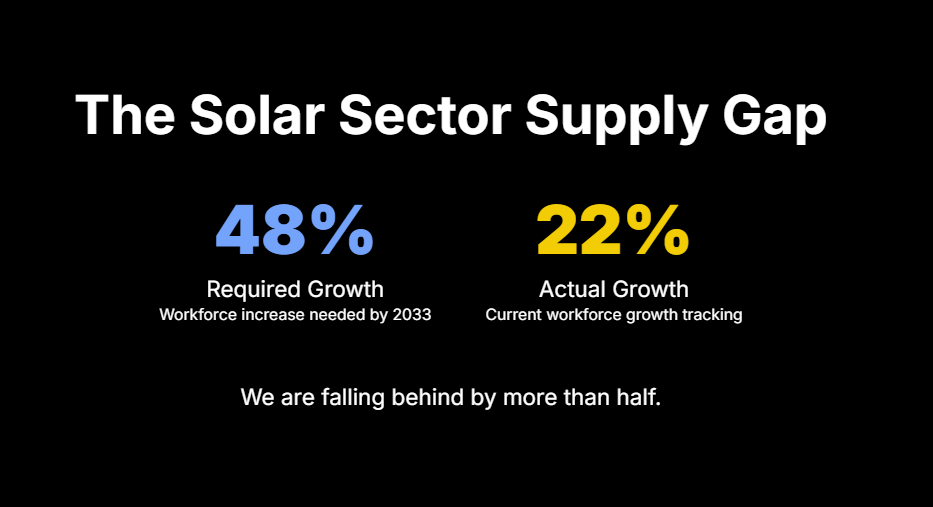
The Payoff: Real Benefits for Everyone Involved
Getting this right is important for everyone. When the solar industry has a strong, skilled workforce, everybody wins.
For Homeowners and Businesses
A skilled installer means your panels are installed correctly, safely, and efficiently, maximizing your energy production for decades. This directly impacts your savings on electricity bills and your return on investment. It also means you can take full advantage of government programs like the Canada Greener Homes Grant, which offers up to $5,000 for solar retrofits and an interest-free loan of up to $40,000. A properly staffed industry ensures there are qualified professionals available to do this work, reducing wait times and ensuring high standards.
For Job Seekers
For those looking for work, the solar sector offers a chance to build a meaningful career. You’re not just earning a paycheck; you’re actively participating in the transition to a cleaner energy future. The skills you learn are in high demand and are transferable, providing excellent job security in a world that is rapidly moving away from fossil fuels.
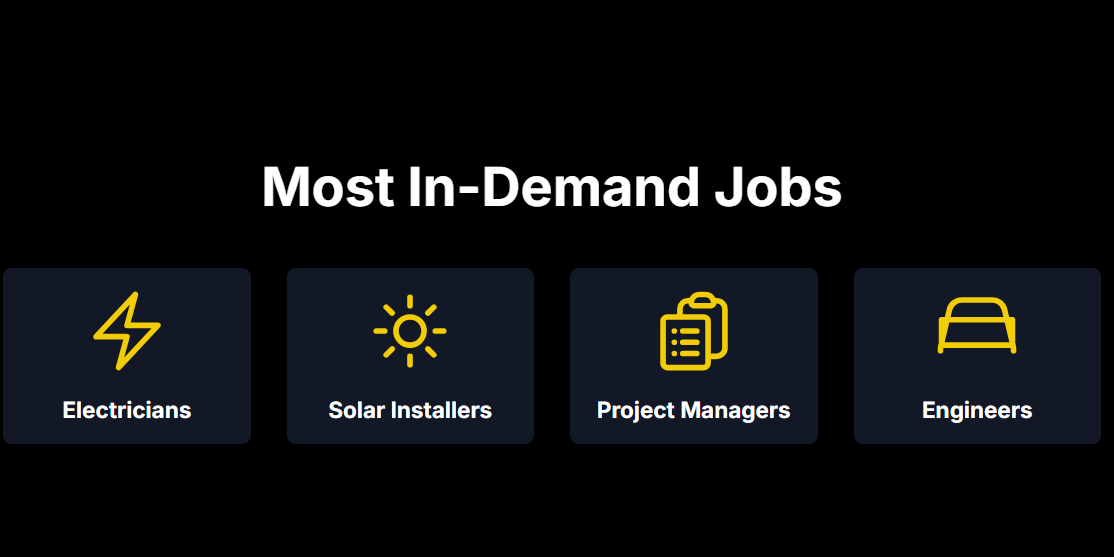
For Canada
On a national level, a robust solar workforce is critical to meeting our climate goals. It strengthens our energy independence, reduces our reliance on volatile global energy markets, and stimulates local economies. Every solar panel installed in Canada by a Canadian worker is a step toward a more sustainable and prosperous future.
Building the Future: Smart Solutions to the Worker Shortage
So, how do we fix this? It’s not about one magic bullet, but a coordinated effort. We need to attack the problem from three angles at once:
- Building Partnerships with Educators: We need to create direct pipelines from schools to job sites. This means working with community colleges and trade schools to develop programs that teach the specific skills needed in the solar industry.
- Creating Apprenticeship Pathways: Nothing beats hands-on experience. Registered Apprenticeships allow new workers to earn while they learn from seasoned professionals, applying classroom knowledge in a real-world setting.
- Rethinking Recruitment: The industry needs to do a better job of selling itself. We need to reach out to young people, transitioning workers from other sectors, and underrepresented groups to show them that solar offers a rewarding career path. As Jeanine Vany of Eavor puts it, we need to “educate the younger generation that you can actually have a career that you can be proud of and help solve a problem the world is facing.”
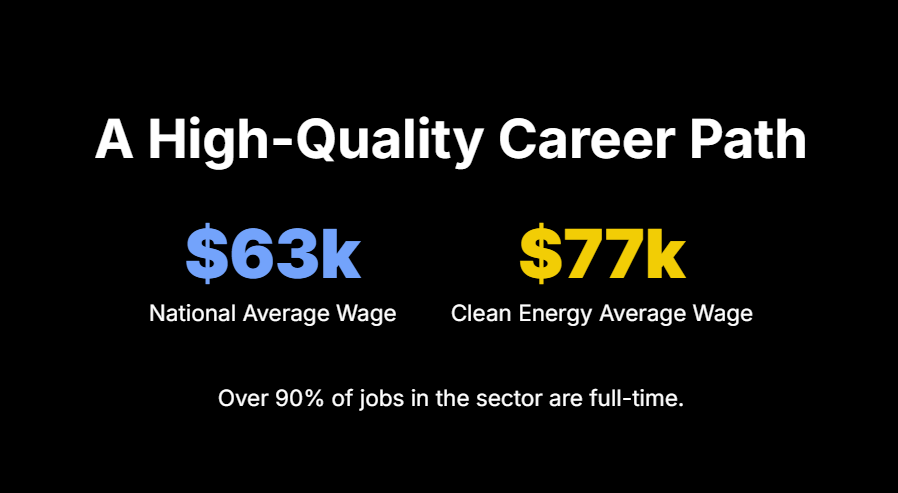
How New Tech Is Changing the Game
Technology is also playing a huge role in making solar more accessible, which in turn drives demand and creates more jobs. Solar panels are more efficient than ever, with innovations like bifacial panels that capture sunlight from both sides.
But the tech that really excites me is the software that simplifies the entire process for homeowners. In the past, figuring out if solar was right for you involved a complicated assessment and often a high-pressure sales pitch. Now, new AI-powered tools are changing that.
This is where things get interesting. Our calculator at Solarenergies.ca, for example, uses this kind of technology. You just input your address, and the system analyzes your roof’s size, angle, and sun exposure. It then calculates your potential energy production, your estimated savings, and even pre-qualifies you for all the available government grants in your province. It takes the guesswork out of the equation.

Tip for Homeowners: Before you talk to a sales rep, use an AI-powered solar calculator. It gives you a clear, unbiased picture of your home’s solar potential and the real numbers on savings. All you need is your address to get started. This way, you go into the conversation with all the information you need.
This technology empowers homeowners, making the first step toward going solar simple and transparent. When more people understand how much they can save, demand grows, and that creates more jobs for the installers, electricians, and project managers we desperately need.
The takeaway here is simple. This isn’t just an industry problem; it’s a national opportunity. For Canada to truly go solar, we need more than technology—we need skilled, passionate people on the ground. This is a chance to get into a career that’s not just growing, but is essential for our future. The demand is here. The jobs are real. The only missing piece could be you.
Canada goes Solar.




